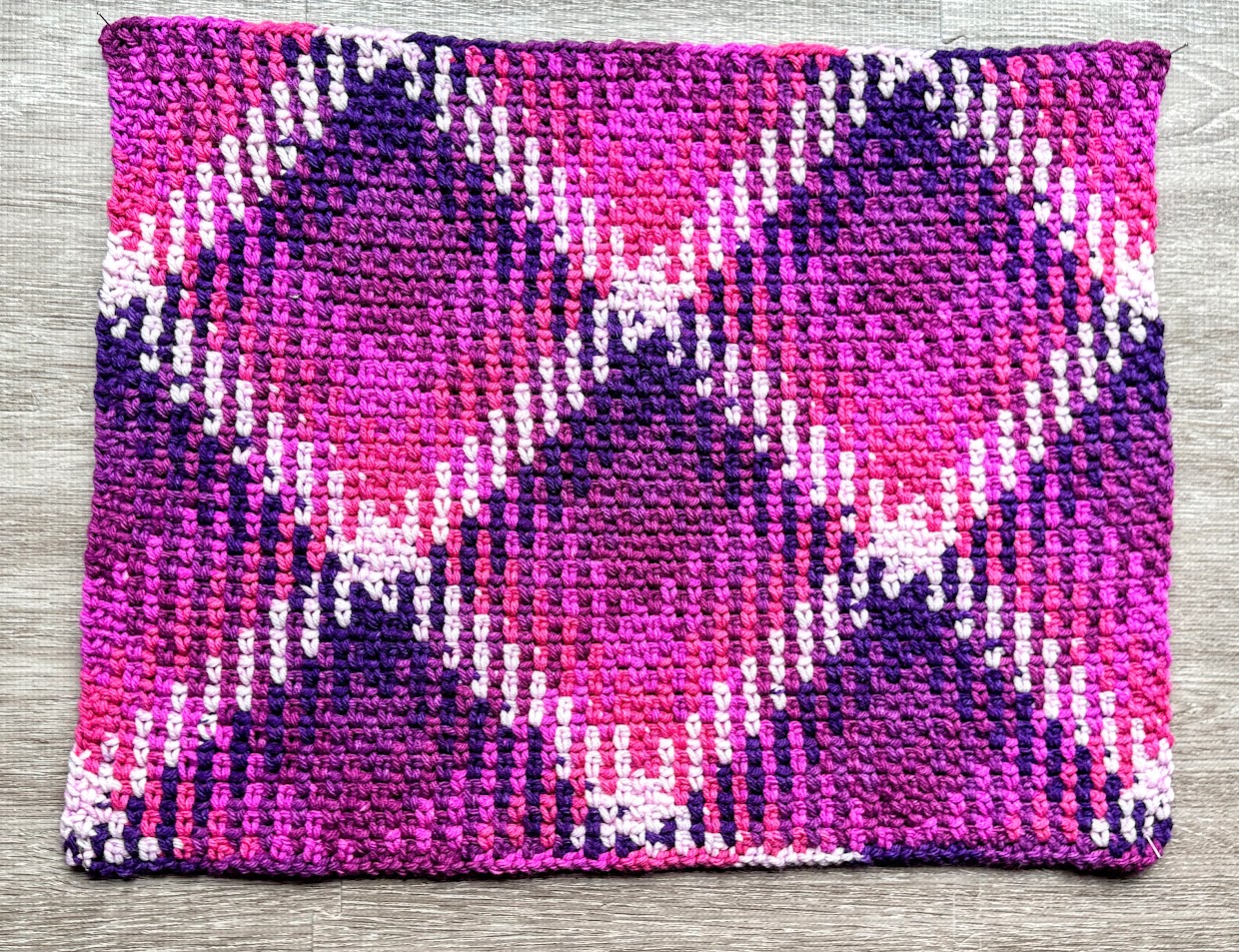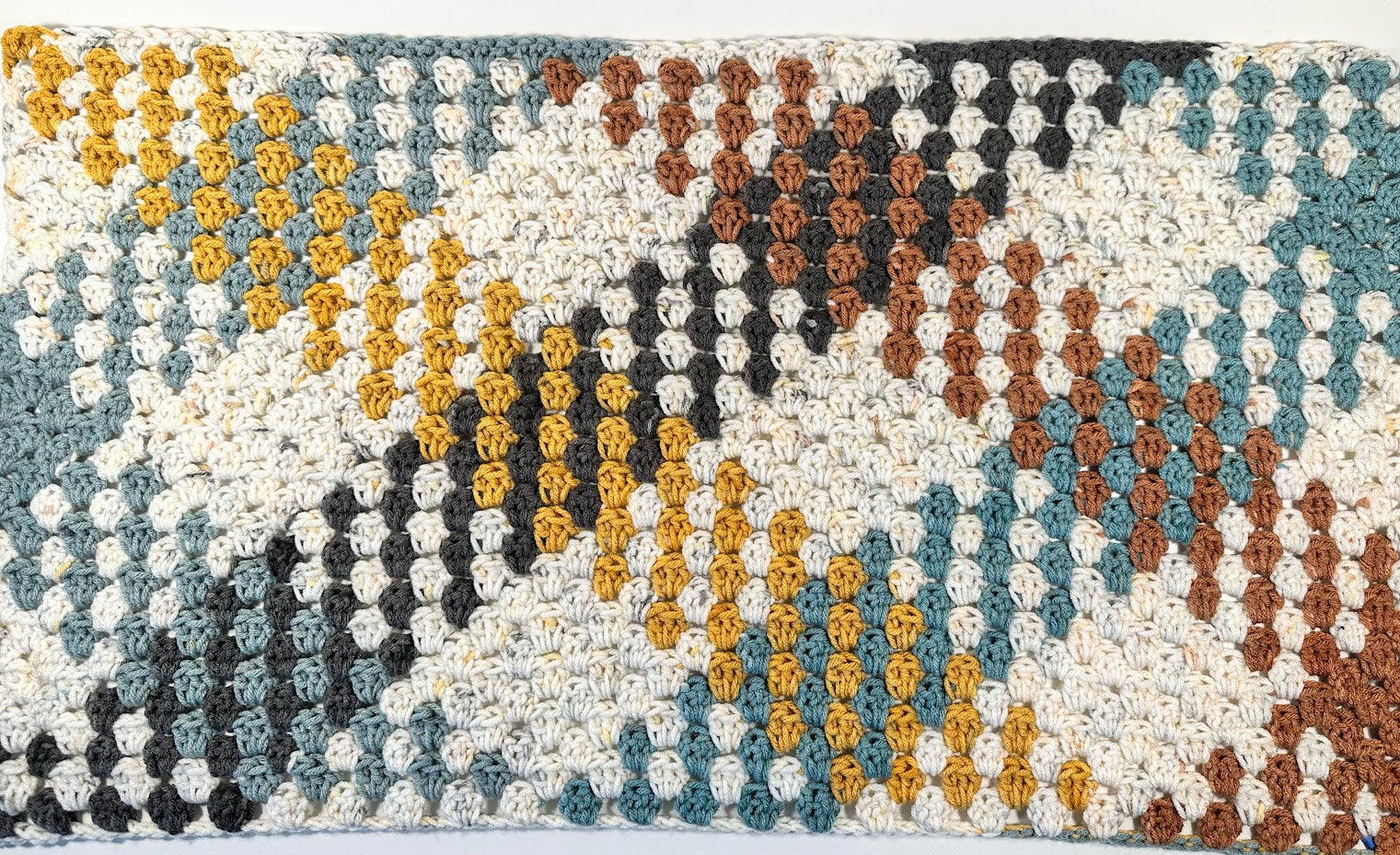Tutorials
-

Planned Pooling 101: The offset stitch- extra stitch method
View TutorialLearn plan pooling by using this easy offset method
-

Planned Pooling 102: The offset stitch- decrease stitch method
Coming SoonAdditional tips and tricks to help with planned pooling
-

-

The Granny Stitch
Coming SoonLearn how to do the granny stitch, the perfect stitch to eat up long colors of yarn




